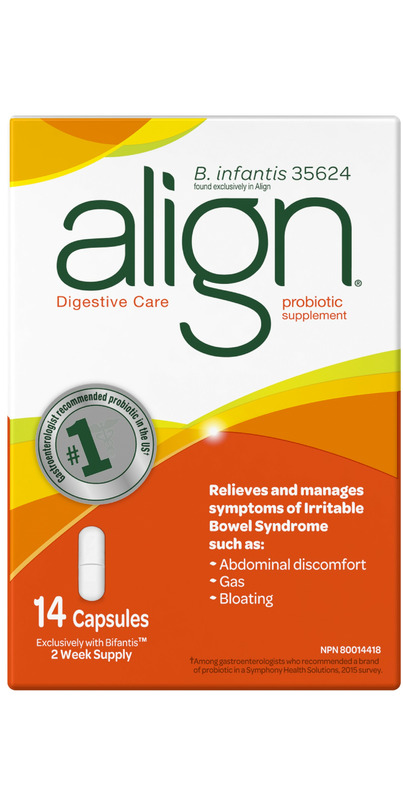

But instead of providing caloric fuel and electrolytes, they are generally intended to increase red blood cell production, which in theory will saturate body tissue and muscles with more oxygen and increase performance. Like energy gels, oxygen enhancers are primarily targeted at endurance athletes. They deliver a blend of quick-burning carbohydrates and electrolytes as fuel, and they differ from certain stimulant-based energy products, like energy shots, in that they're not intended to be low in calories. They're generally sold in single servings that are easy to carry, and the primary target market is athletes engaging in some lengthy form of endurance exercise. Energy GelsĮnergy gels are sort of like a sports drink in edible form. But magnesium, calcium, chloride, hydrogen carbonate, and hydrogen phosphate are also electrolytes. Not that these beverages don't work as advertised - a lot of electrolytes are lost through sweat, particularly sodium and potassium - and these drinks also provide carbohydrates needed for endurance exercise. Sodium and potassium are probably the most well-known of the electrolytes, thanks to the marketing efforts of companies that manufacture and sell sports drinks like Gatorade and Powerade. They're an assortment of minerals that the body needs to regulate nearly all of its major functions. ElectrolytesĮlectrolytes aren't just what plants crave. But there are specific nutrients and substances that are commonly used in supplements because they have been shown to markedly enhance athletic performance and the ability to train. Really, almost all food that isn't composed of empty calories falls into this category. Our Stimulants page goes into detail on each of these and how they work. People also generally respond well to caffeine, but it doesn't have the same effect on everyone - some of us are more sensitive to the stimulant than others.Īside from caffeine and sugar, other common stimulants you'll see are yerba mate (which derives its energy from caffeine, but has added compounds that cause it to release more gradually), dendrobium, ginseng, guarana, schizandra, kola nut, and yohimbine. This is because it's relatively safe in moderate doses and doesn't have any detrimental impact as far as nutritional intake goes (unlike sugar, which loads you up with empty calories). While there are a variety of stimulants, caffeine is the one you'll see most often included in supplements. Stimulants are also often included in pre-workout mixes and in fat burners to provide an immediate boost of energy and to elevate the metabolism. In fact, that's often all that energy drinks are - maybe with some synthetic vitamins and herbs blended in for mild nutritional value. Stimulants are the main component of energy drinks. They also do not replenish any of the body's nutritional needs. Stimulantsįamiliar examples of stimulants would be caffeine and sugar - chemicals or compounds that make you feel energized for a relatively short period of time, but don't provide sustained energy on their own. Nutritional energy provides specific nutrients that enable muscles and cardiovascular system to work for longer periods and at higher intensity. Stimulants provide an almost immediate feeling of energy by stimulating the central nervous system, but usually have little to no nutritional value. Roughly, energy and endurance products can be divided into two groups: stimulants and nutritional energy (non-stimulants).


 0 kommentar(er)
0 kommentar(er)
